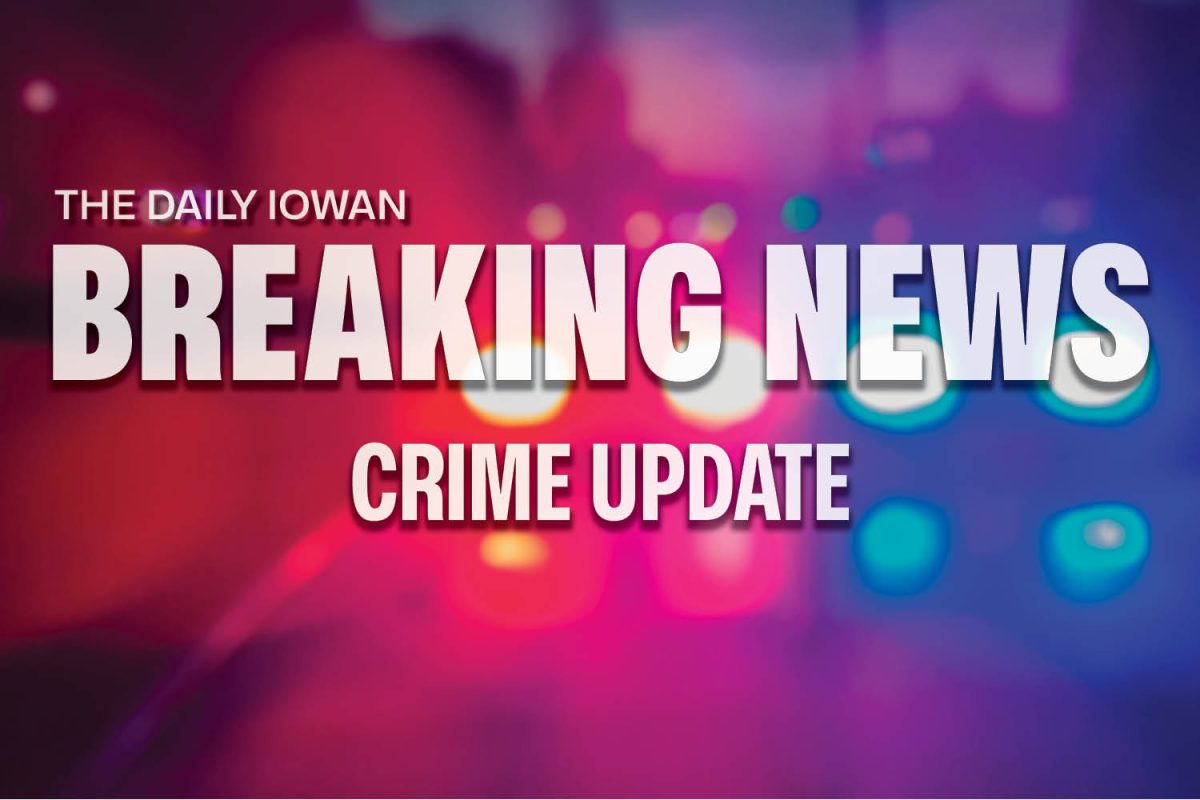On a typical weekend for Ben Miller-Todd, calls pour in from downtown Iowa City, and paramedics such as Miller-Todd at the Johnson County Ambulance station will quickly hop into the back of an ambulance on a moment’s notice.
"Downtown obviously is going to be most of our activity," said Miller-Todd, also a University of Iowa student. "It kind of goes with the territory."
More UI students are winding up in emergency rooms for alcohol-related incidents, prompting the number of letters sent home to double during the last year.
Eighteen year-olds represented 52 percent of all UI students transported to emergency rooms in the fall of 2011, according to data recorded by the UI Dean of Students’ Office.
One official from the city’s Partnership for Alcohol Safety said targeting underage and binge drinking could decrease the rate of emergency room visits.
"A good portion of these transports are very young and new to campus," said Kelly Bender, the UI’s harm-reduction-initiative coordinator. "We’re concerned about that group in particular, not only them, but we would like too see them get off to a better start than ending up in the emergency room."
The Dean of Students’ Office typically sends Parent Notification Letters home when students are transported to an emergency room or experience incidents of dangerous intoxication. The university began sending these letters to parents for alcohol-related activity in 1999, delivering 21 that fall semester.
The number of such letters increased from 26 in the fall of 2010 to 58 in the fall of 2011. Forty-five letters were sent in the fall of 2009, prior to the installment of the 21-ordinance.
UI Dean of Students David Grady said there’s no determinable cause for the increase.
"There could be any number of reasons," he wrote in an email. "One may be that, through programs such as Red Watch Band, awareness of the dangers associated with high intoxication has increased, and more calls for assistance are being made."
Overall, 78 percent of students’ emergency-room visits in the fall of 2011 occurred August through October — a period the Partnership for Alcohol Safety deems a high-risk time for alcohol-related activity.
However, one Johnson County official said he hasn’t noticed an increased number of overall emergency room visits during those particular months.
"There are a lot of things that go into transfers to the emergency room," said Steve Spenler, the director of the Johnson County Ambulance Service.
Though the district doesn’t track whether patients are students, Spenler said college-age patients are typically transferred to the emergency room for alcohol consumption.
"A lot of students will tell us that they’re students," Miller-Todd said. "On football weekends, there will be more of a dispersal activity, where you have a lot of car accidents, but it really depends on the weekend."
Students who are coherent have the choice of going to the UI Hospitals and Clinics or Mercy Hospital, he said.
"It’s their decision where they want to go, but if it’s our decision, we usually default to the [UIHC]," he said.
Though programs such as Red Watch Band are part of the coalition’s strategy targeting binge drinking, Bender said, students need to receive the right information.
"We do want people to call and have people get help for each other," she said. "… But there’s going to need to be some environmental changes and a change in the messages [students] receive about the college experience."






